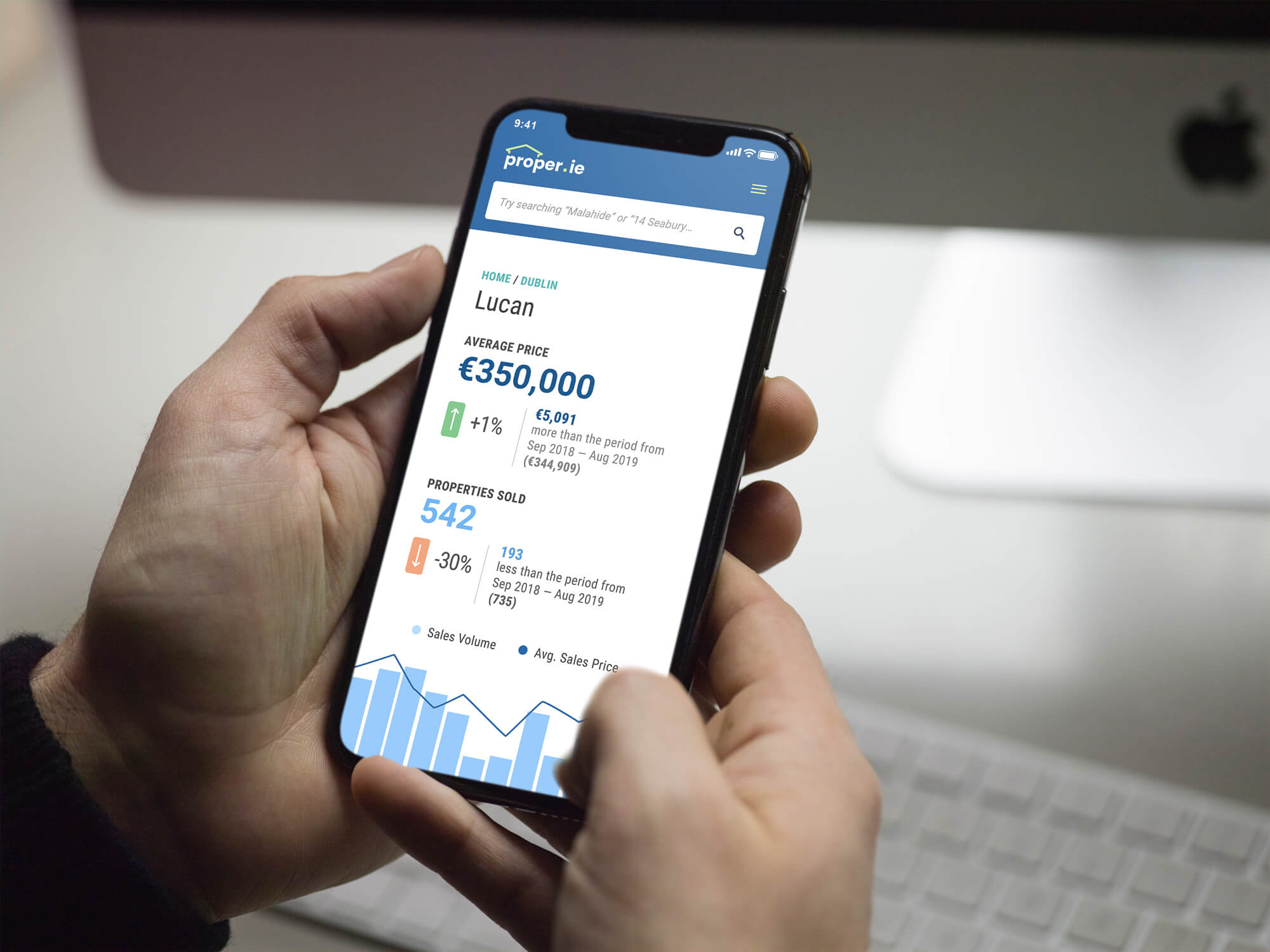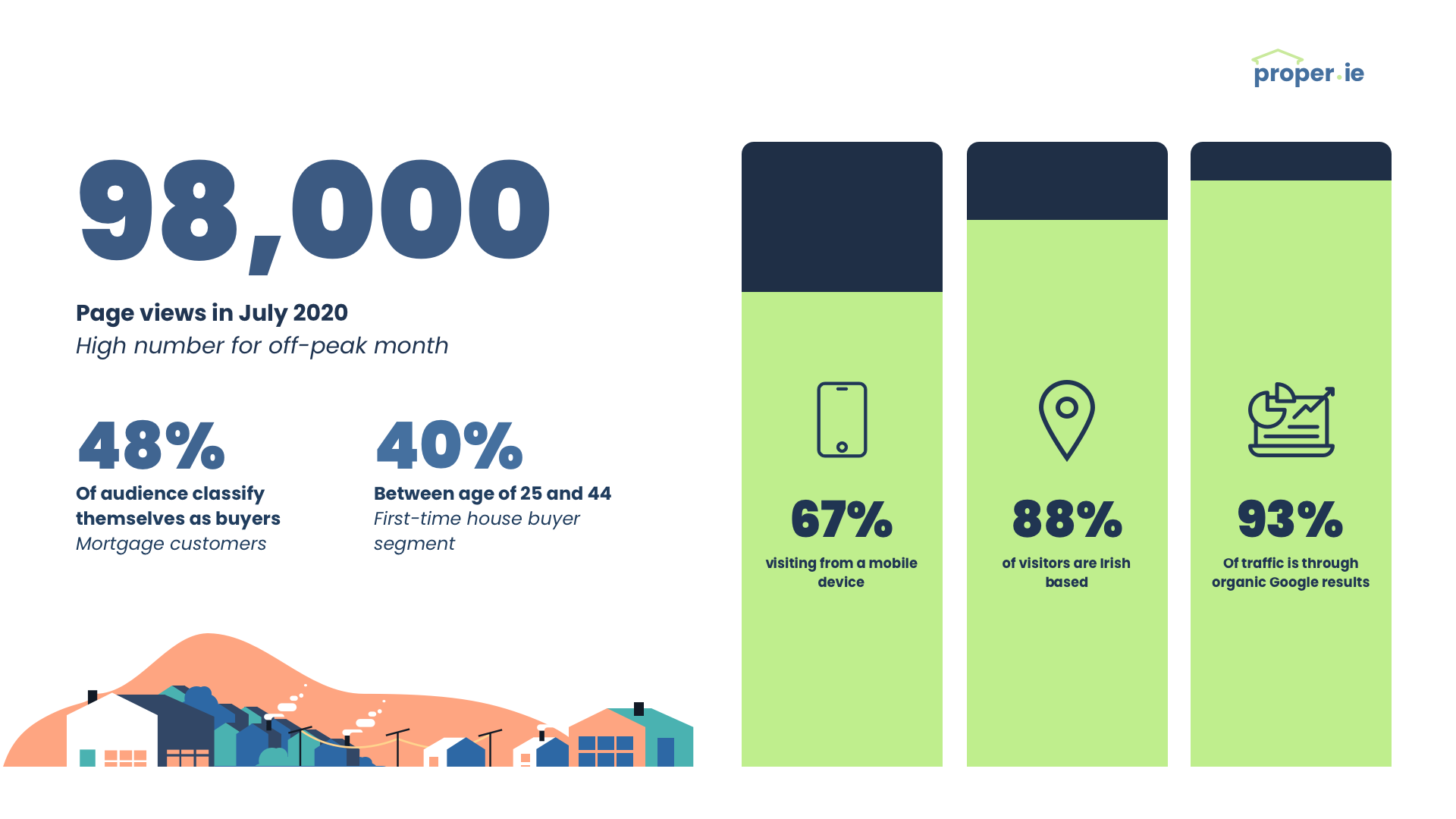Remember a time when figuring out the sale price of a property in Ireland was complete guesswork? Who could you trust to find out the real value of property in the open market? You certainly couldn’t ask the estate agents who were financially motivated to secure higher prices for their clients. The individuals who were buying and selling usually wanted to keep their cards close to their chest. We had a completely opaque market that used to drive people bananas!
The introduction of the Property Price Register in 2010, therefore, was a welcome relief. We now had regularly published prices of all property being sold on the market in Ireland.
We began to see the data from sales flowing in to the Property Price Register and it struck us here in Xwerx that this could potentially over time become an interesting data source for research, analysis and exploration.



